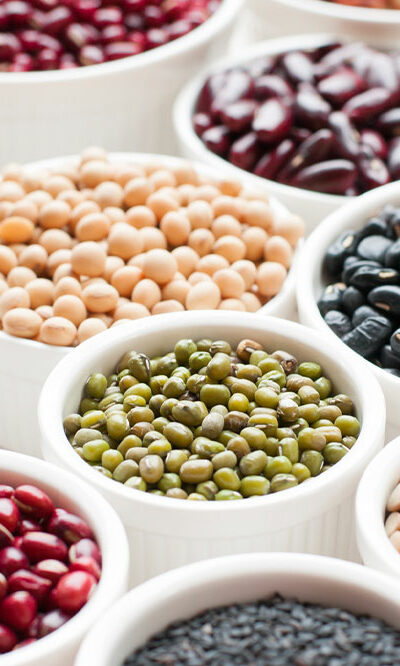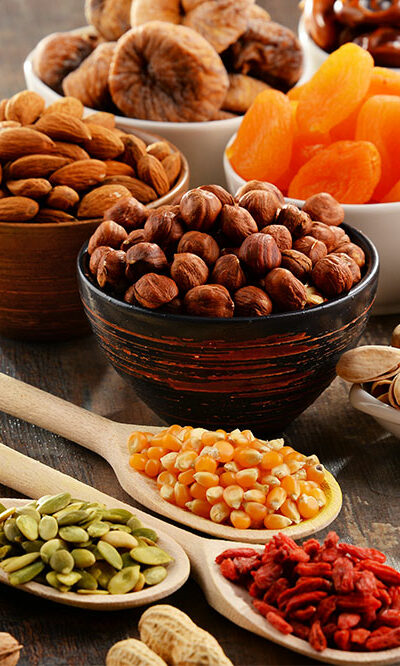
4 foods that help manage rheumatoid arthritis symptoms
Rheumatoid arthritis is a disease caused by the immune system attacking the joints in the body resulting in swelling, pain, and inflammation. This illness can affect people of all age groups. The exact cause is still unknown, and there is no permanent cure for the condition. However, early treatment and lifestyle changes can relieve the symptoms and discomfort associated with rheumatoid arthritis. Important changes include adding certain foods that help combat inflammation. Best foods to manage symptoms Although several treatment options can help relieve the associated symptoms, adding certain foods to one’s daily meals may also ease the discomfort. Some of these foods are: Beans This food is packed with fiber, which can help lower the level of C-reactive protein (CRP), leading to less inflammation. Beans are also a rich source of magnesium, protein, folic acid, zinc, and potassium. So it is advised to regularly consume kidney, red, and pinto beans to fight inflammation and boost immunity. Cherries Cherries contain anthocyanins—a chemical that is a potent antioxidant and helps manage inflammation. In addition, the fruit also helps in fighting against cell damage to make the bones and joints get stronger. So, people with the condition should opt for freshly picked cherries every day to help build strength and reduce the inflammation caused by rheumatoid arthritis. Carrots Carrots and other orange-colored vegetables are rich sources of beta-carotene and vitamin A, which help the body fight against inflammation. These vegetables can be cooked and cut into bite-sized pieces. Fish Omega 3 fatty acids, often found in fish like tuna and salmon, are extremely beneficial for the health of rheumatoid arthritis patients. They help fight inflammation and decrease the discomfort caused by symptoms like morning stiffness and aching joints. However, one should ensure that the fish is not overcooked. One can bake or grill it twice a week. In addition to the above-mentioned foods, one should consult a healthcare expert for treatment options that can help slow the disease’s progression.










